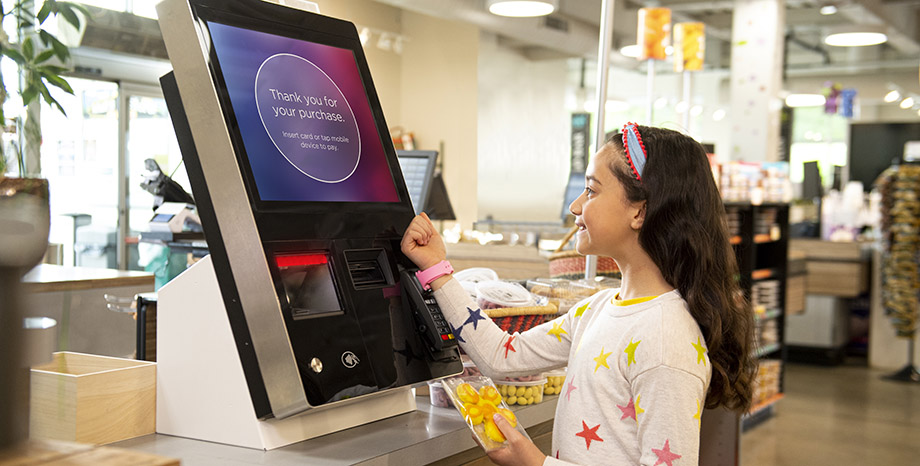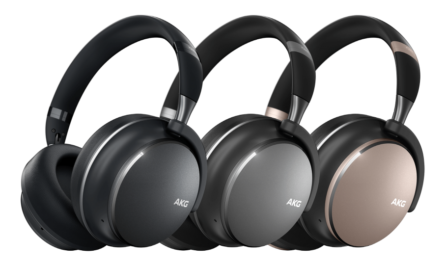What are Self-checkout systems?
Self-checkout systems, also known as self-service checkout, are automated checkout stations located in retail stores that allow customers to scan, bag and pay for items themselves without the help of a cashier. Typically, self-checkout counters have a barcode scanner where items are swiped, a conveyor belt to move items and a card reader or cash slot to accept payment. Touchscreen interfaces help customers navigate the steps and customers bag their own purchases after paying.
How are retailers benefiting from self-checkout?
Retailers are rapidly adopting self-checkout systems as it offers significant operational advantages. With self-checkout, retailers can run stores with fewer employees as cashiers are no longer needed at every checkout lane. This allows retailers to reduce payroll costs substantially. Self-checkout also improves customer throughput as multiple customers can check out simultaneously without having to wait in line. Studies show self-checkout stations can process 40-50% more transactions per hour compared to traditional cashier-manned lanes. With faster checkout customers spend less time in stores, freeing up space for more sales floor space.
Challenges of adopting self-checkout
While attractive from a cost perspective, Self-Checkout System adoption does come with some challenges. Customers unfamiliar with the technology may find self-checkout confusing and stressful leading to longer transaction times. Assisting customers during a self-checkout transaction requires employee time as well. Missing or unweighed items also increase, resulting in missed profits. To mitigate this, retailers invest heavily in tutorial videos and signage and conduct frequent audits at self-checkout stations. Some retailers also deploy assistance buttons and dedicated support staff to help customers in a timely manner. Ongoing technological upgrades are constantly making self-checkout more intuitive and user-friendly.
Evolving to meet changing customer needs
The post-COVID era has accelerated the already growing demand for contactlesscheckout options. As customers prefer fewer touchpoints during shopping, self-checkout provides a safe, hygienicmethod to pay without human interaction. Younger generations, in particular, are very receptive to new technologies and find self-checkout to be a convenient way to quickly shop for daily and convenience items. This has spurred retailers to install more self-checkout counters not just in large format stores but also smaller neighborhood grocery stores. Beyond checking out groceries, self-checkout is now enabling customers to pay for pizza takeout, drugstore essentials, and even grab-and-go meals in a matter of minutes.
Improving the customer experience
To sustain self-checkout adoption, retailers are enhancing the overall customer experience. Many have introduced app-based functionalities like scan-as-you-shop. Customers can scan product barcodes using their store apps and pay directly from the app at self-checkout System later. This essentially turns the entire store into a seamless self-checkout experience. Some prominent retail chains are experimenting with cashier-less formats enabled entirely by AI and computer vision. Customers enter and shop without interacting with checkout surfaces. Automated systems detect items taken from shelves and charge customers using their payment accounts. Such innovative models are poised to set new standards in convenience. Simultaneously, companies also face challenges around data privacy and ethics in developing autonomous retail environments of the future.
The future of self-checkout
Self-checkout looks firmly entrenched as the preferred mode for a significant proportion of customers. As technologies improve, the experience continues getting smoother ensuring widespread adoption. Multinational retailers foresee self-checkout accounting for 50 to 60% of all front-end transactions within the next five years. With the rise of omni-channel retail, self-checkout capabilities are expanding to include options for online order pickup, exchanges, and returns as well. As customer expectations around convenience accelerates further post-pandemic, self-checkout will stay pivotal for retailers to optimize operations in a demand-driven retail landscape. While AI-driven autonomous retail represents the long-term vision, incremental innovations will keep enhancing self-checkout’s role in redefining in-store shopping.
*Note:
1. Source: Coherent Market Insights, Public sources, Desk research
2. We have leveraged AI tools to mine information and compile it.
About Author - Priya Pandey
Priya Pandey is a dynamic and passionate editor with over three years of expertise in content editing and proofreading. Holding a bachelor's degree in biotechnology, Priya has a knack for making the content engaging. Her diverse portfolio includes editing documents across different industries, including food and beverages, information and technology, healthcare, chemical and materials, etc. Priya's meticulous attention to detail and commitment to excellence make her an invaluable asset in the world of content creation and refinement. LinkedIn Profile

 by
by 


